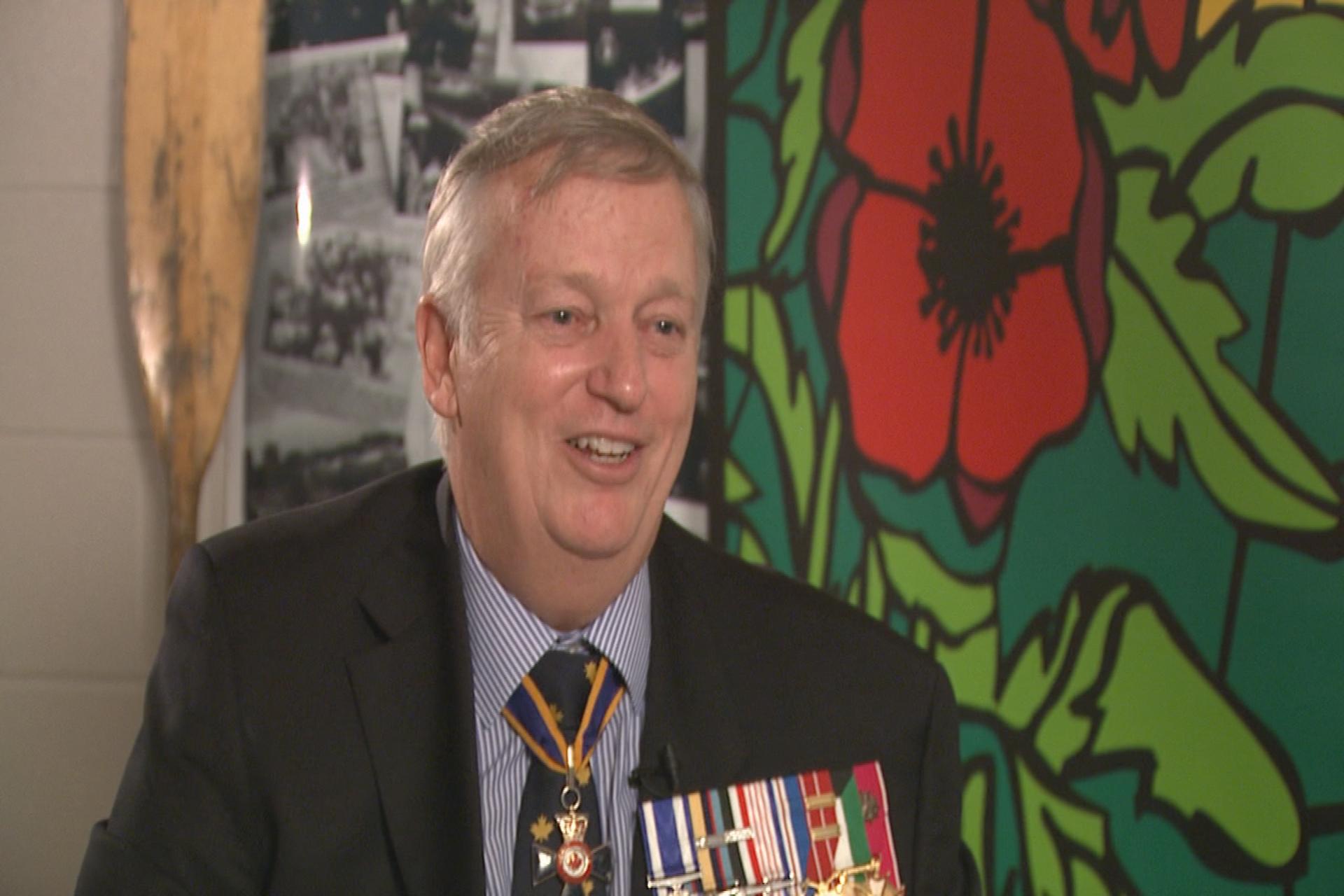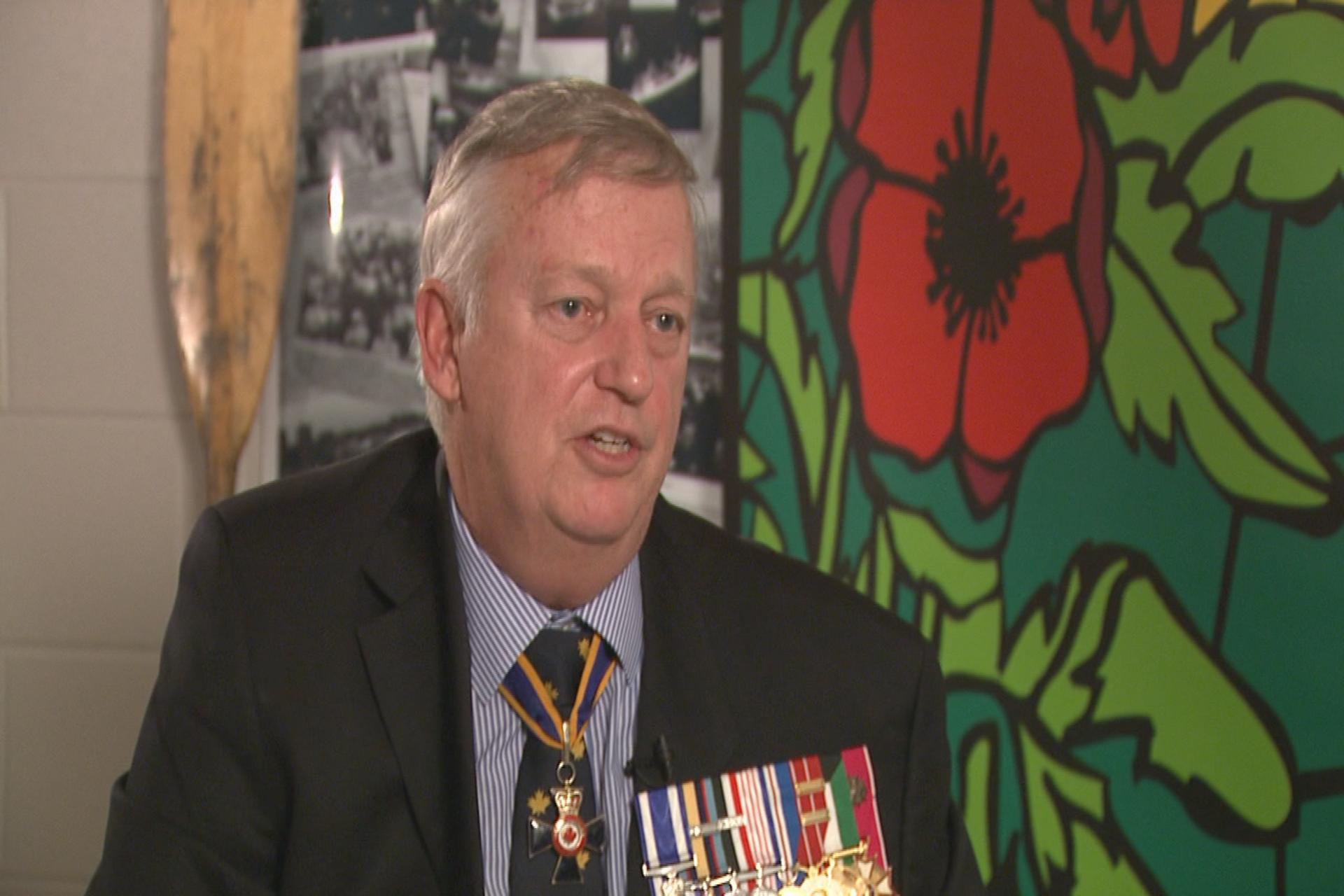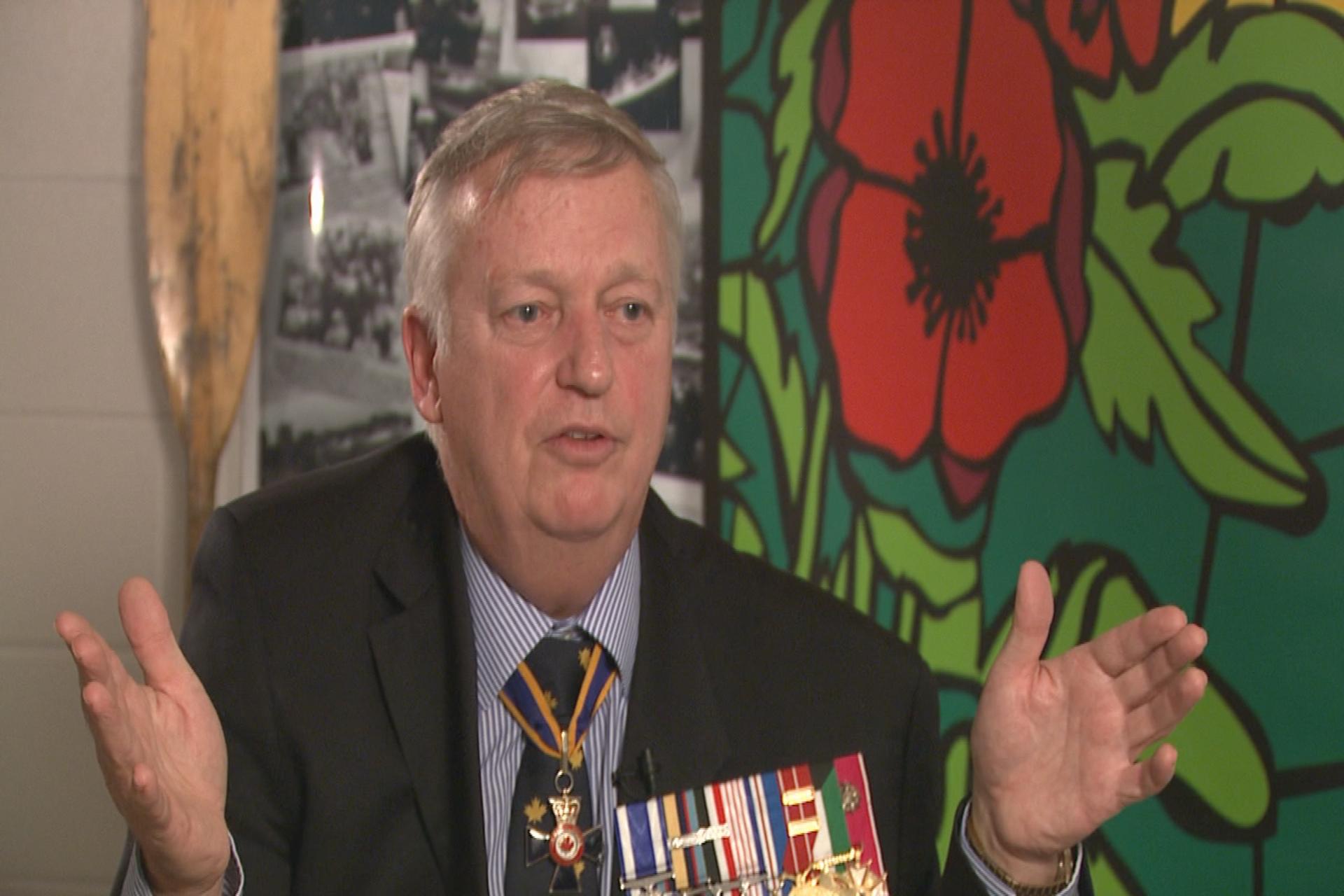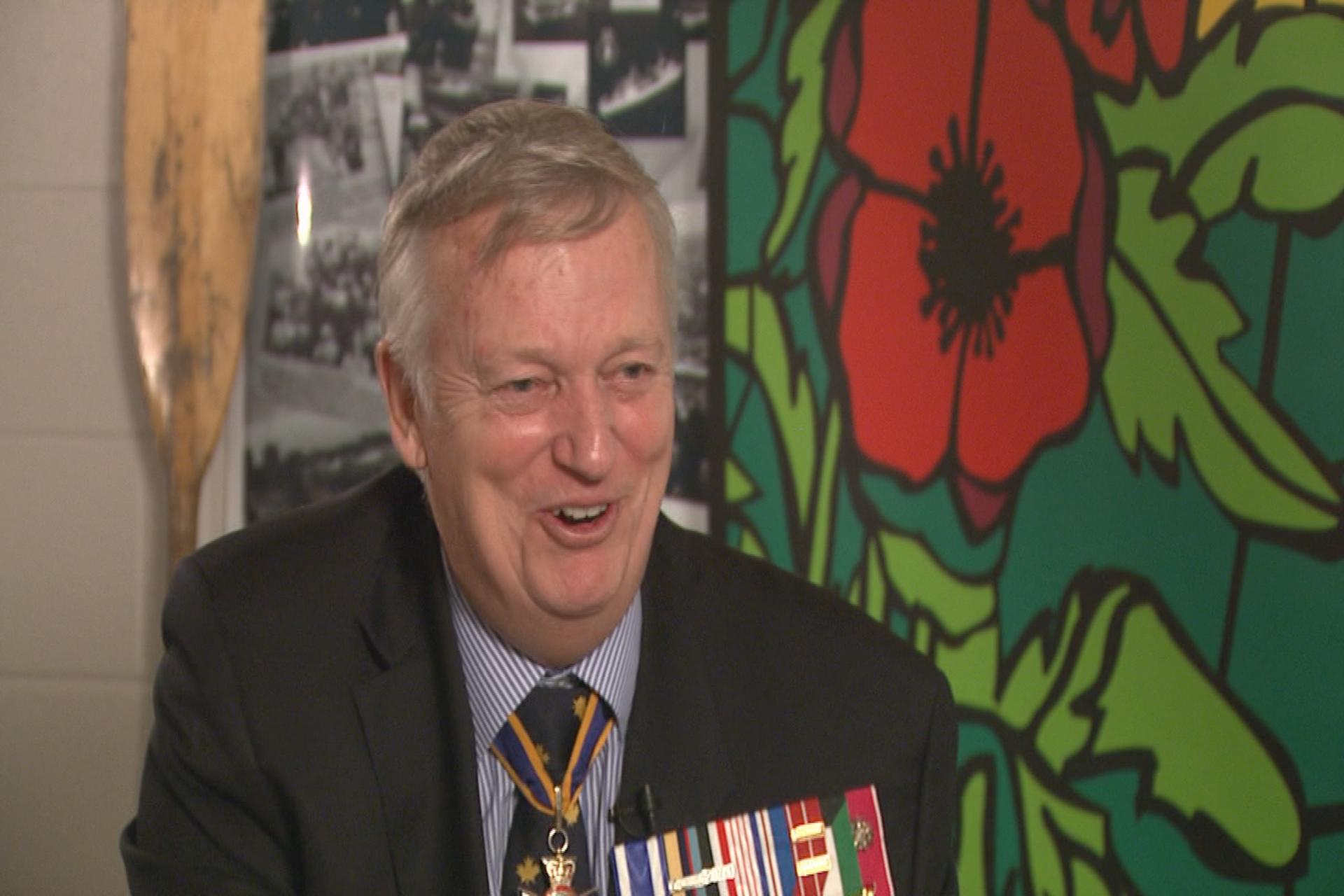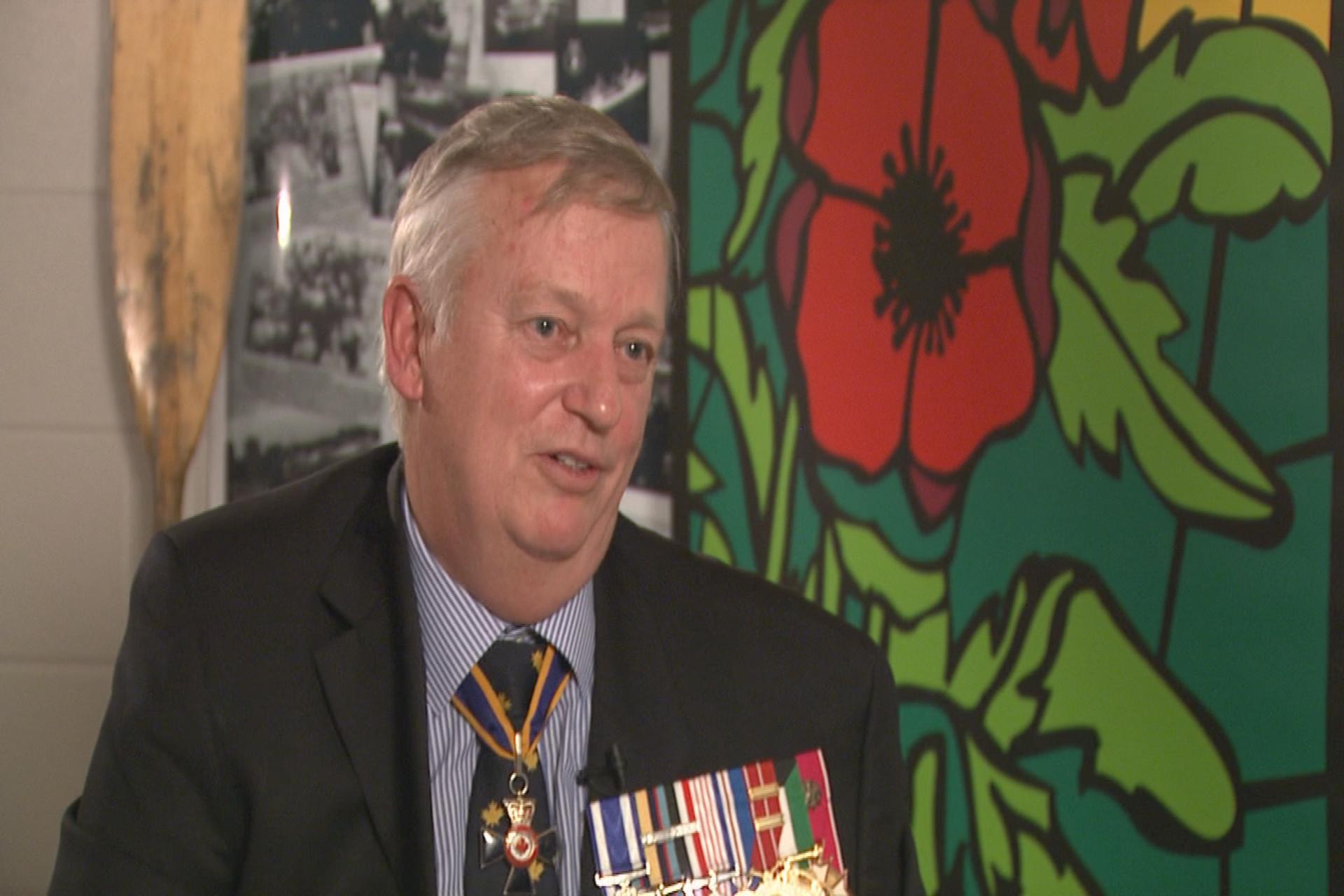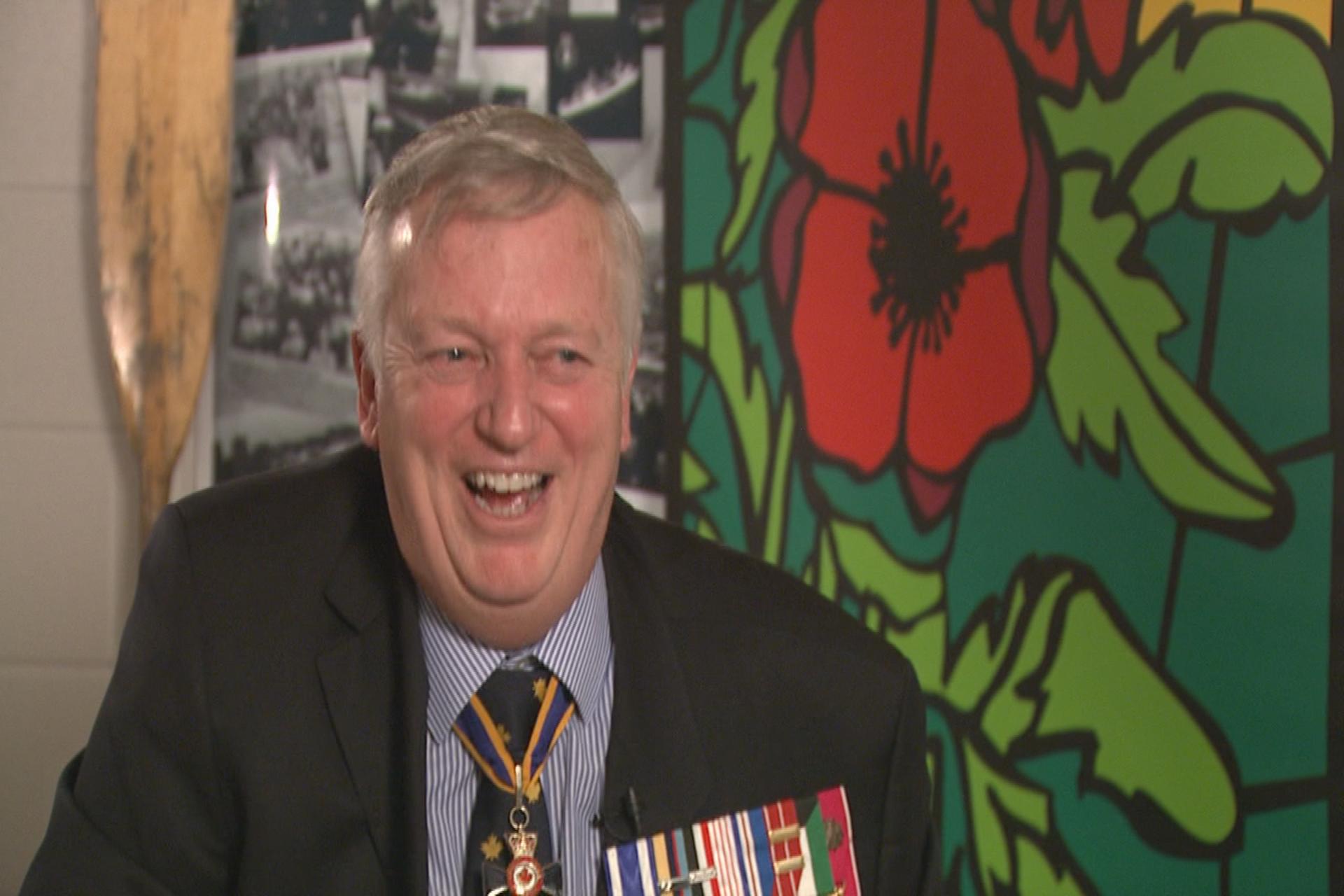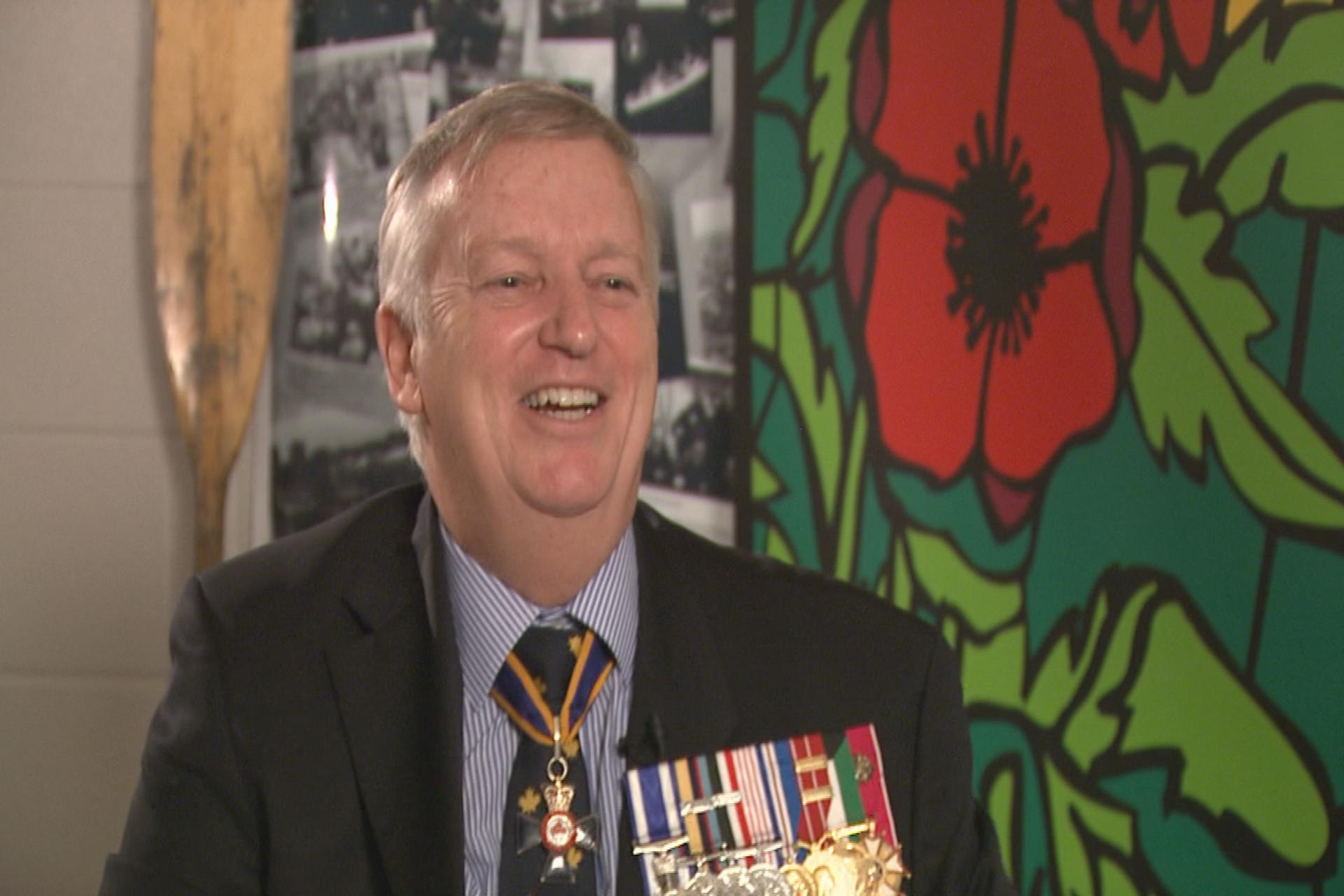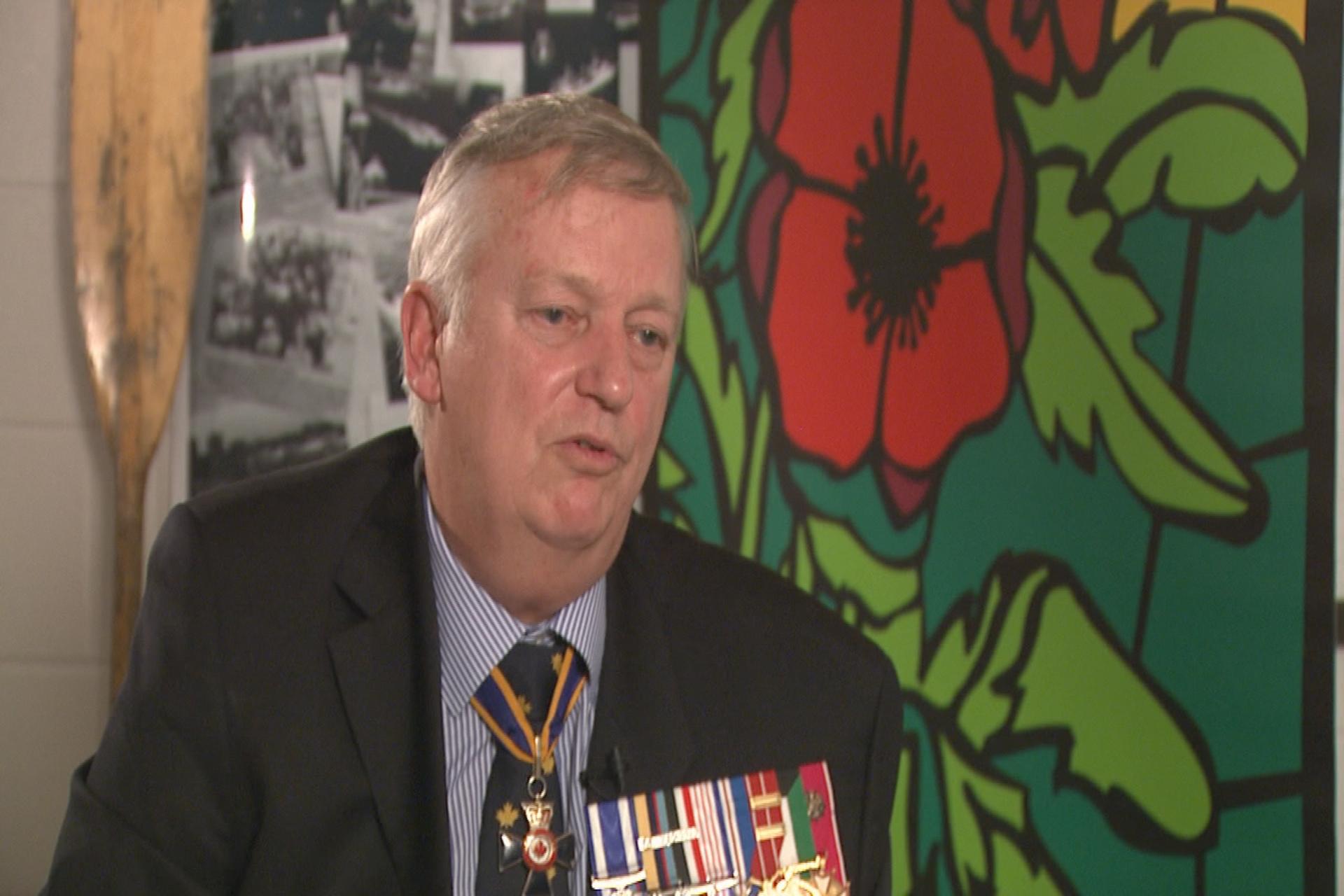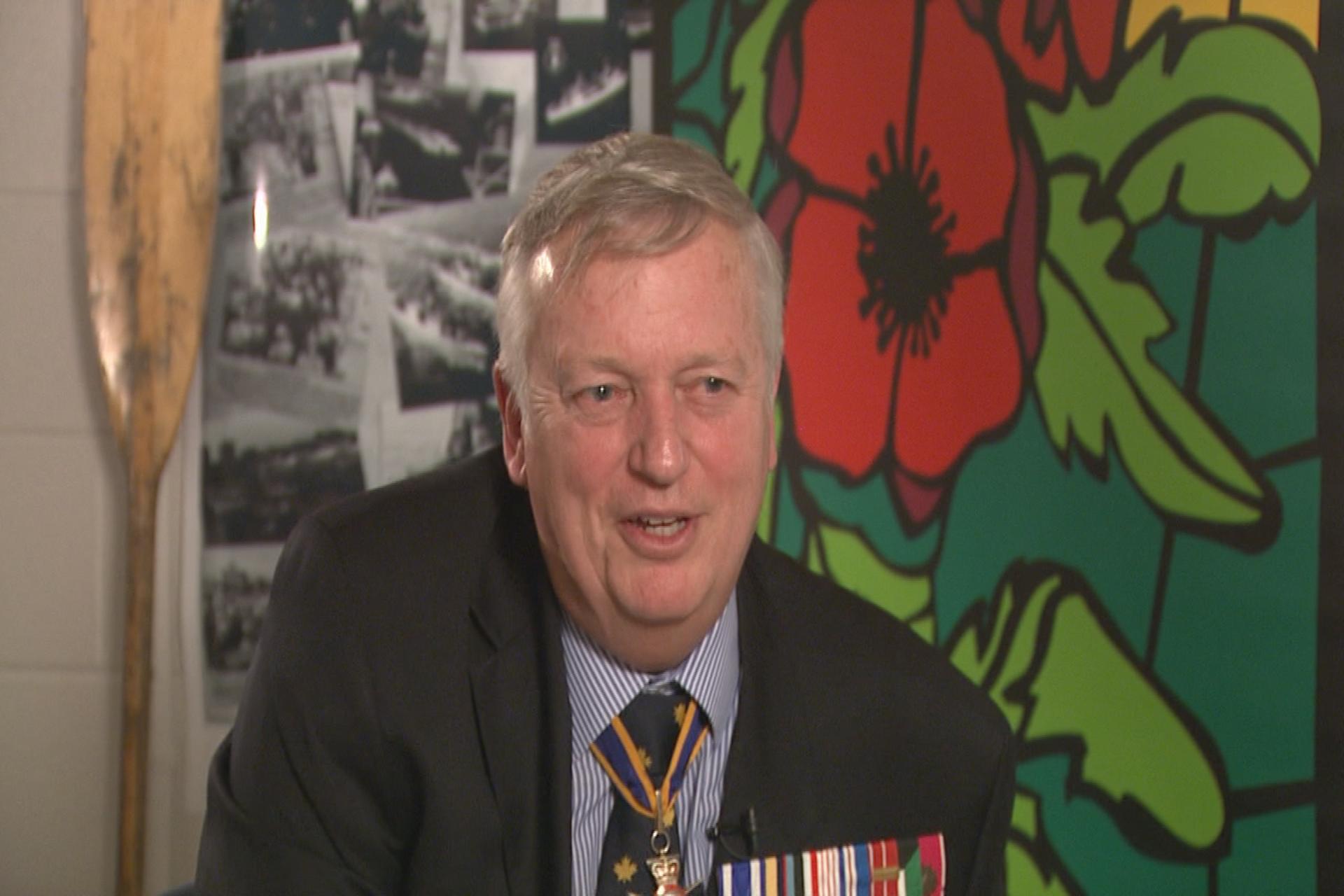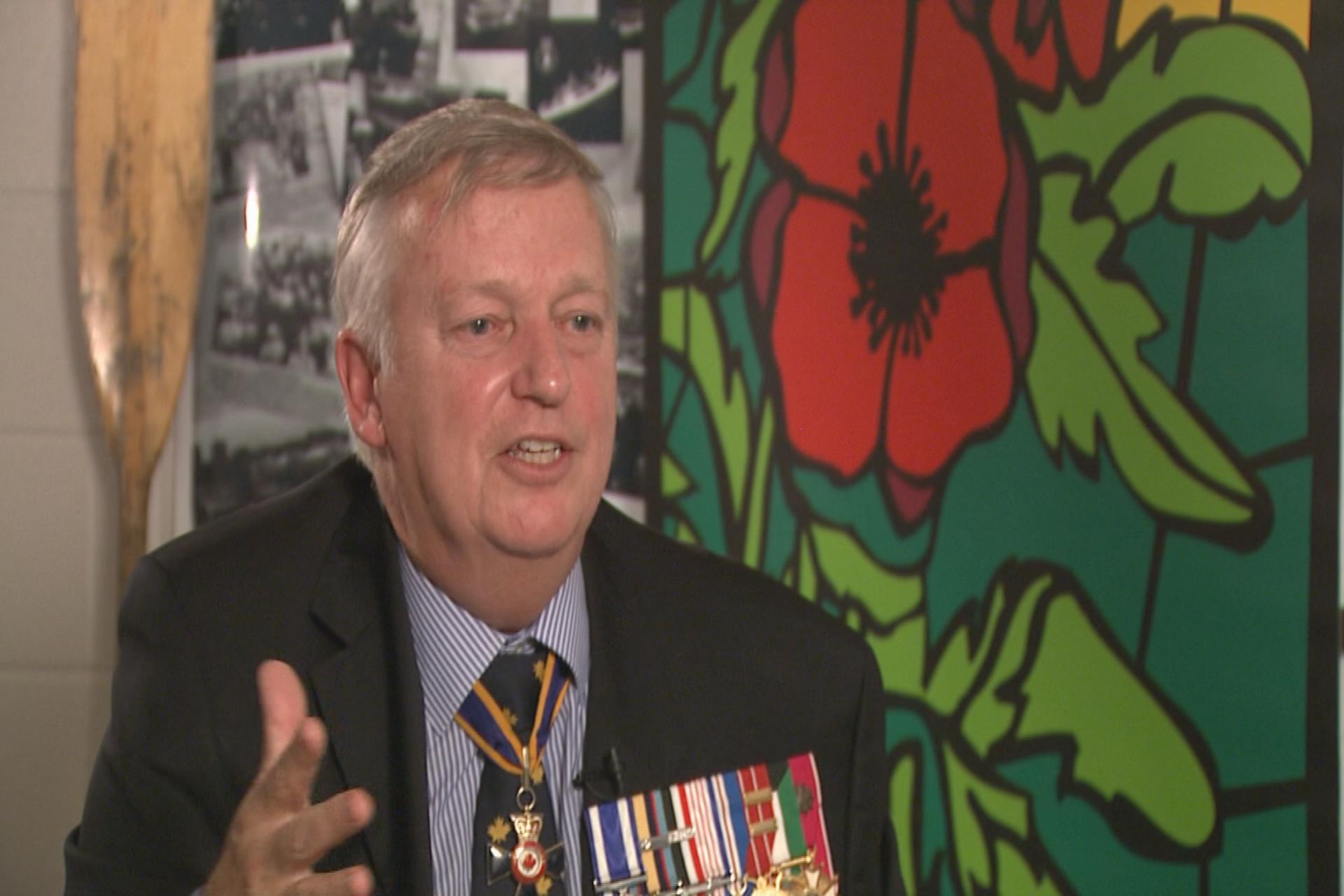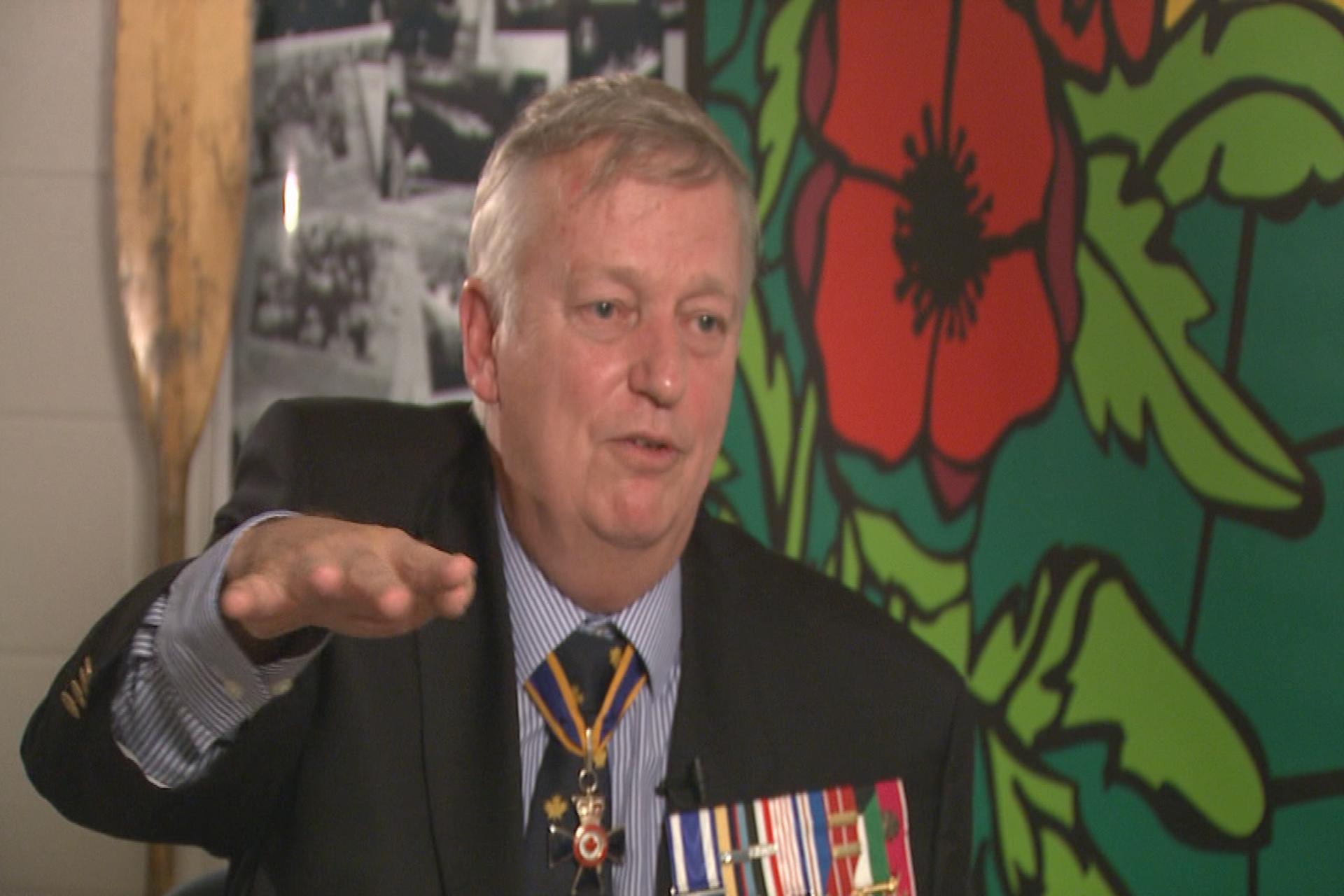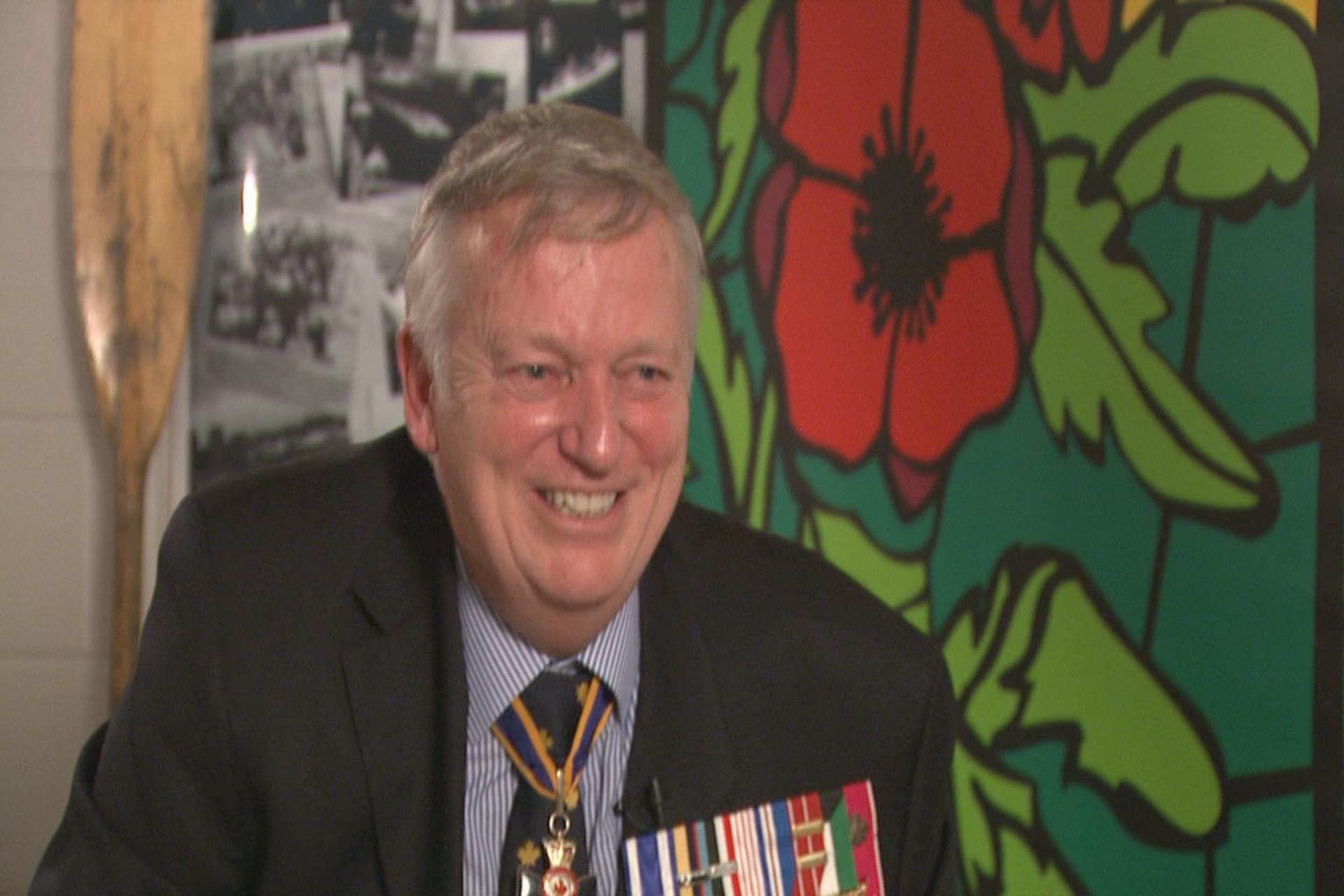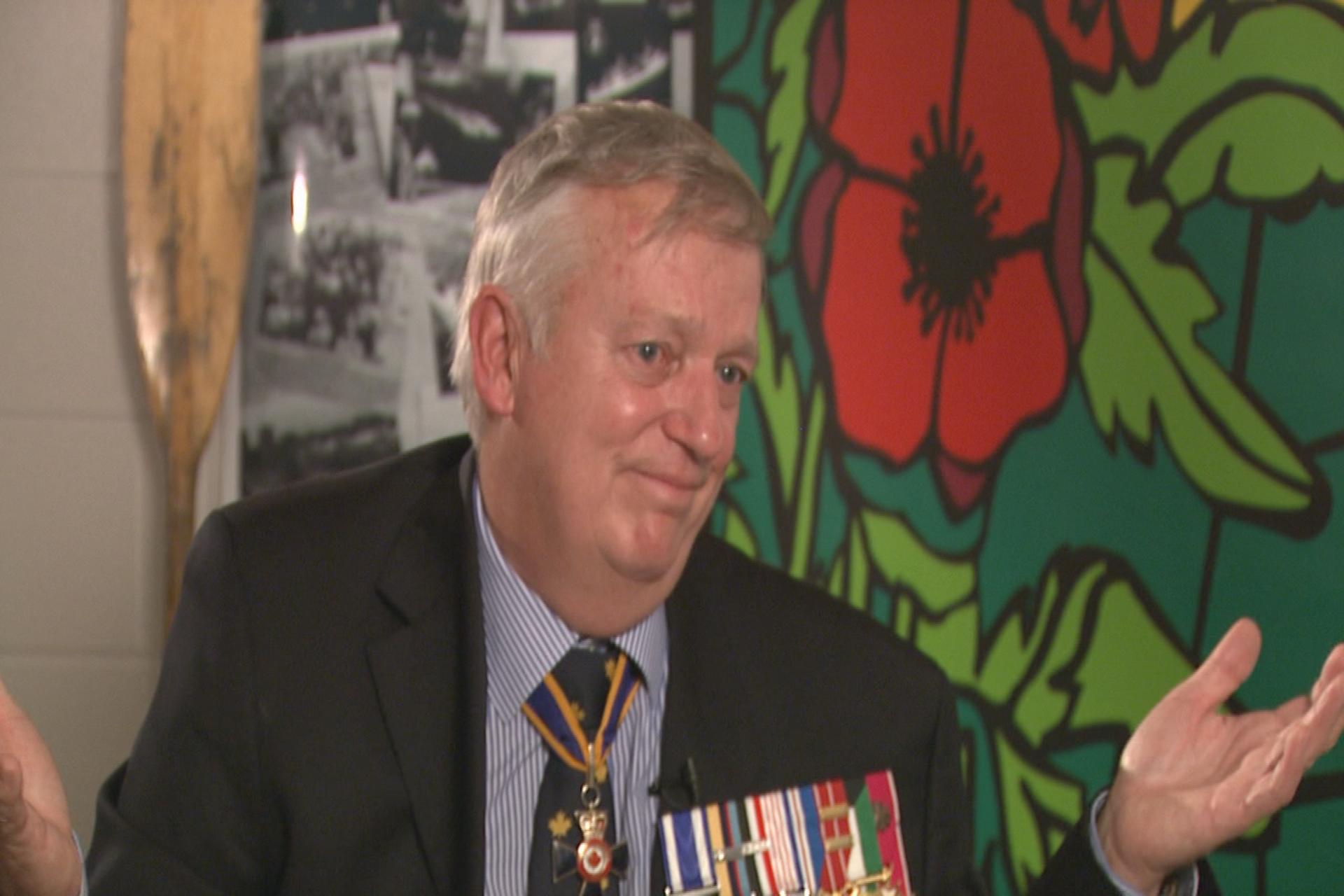Operations and Departments of a Ship
Heroes Remember
Operations and Departments of a Ship
Transcript
There’s about six departments in a ship and
the sailors have a speciality in each
of those departments and weapons,
for instance, is one of them so there
would be guns to man,
missiles systems to operate,
the close-in weapons systems,
the air to air weapon systems,
so all of these have to be active
twenty four hours a day so you have to
have two groups that are operating
them twenty four hours a day.
In peacetime we usually have three
groups in a ship that are operating all
the departments all the time.
So in this case most of the time we
were sailing one and two watch systems
so you would be on the job eyes looking,
you know, having that weapons system
fully functional under your control for
five hours then you would be off for
seven hours and then you’d be on for
seven hours and then off for five hours.
And you would do that and
when you’re off, that’s when you eat.
That’s when you try and get some rest.
But a normal day’s activity of keeping
the ship clean and functional and
all of the compartments closed when
you have to have them closed,
all of that happens on your off watch
so the amount of sleep you get
is minimal for any sailor on board.
The engineers, they are running the
engine room, right?
The deck department is
looking after the boats.
They’re going away all
the time and coming back.
The logistics department is trying to
figure out how much food have we
already eaten, when do we have to
get more food and how do we do that.
And it’s up to the ship to figure out
when that has to happen and
then the task group commander says,
“Okay, you guys better go fuel off of this,
off Protector and get your food and
fuel and then come back.”
And that had to be a schedule
so when you do that another team
comes up to accept the fuel from
the supply ship which sends a probe over
at sea and it goes into a receptacle and
they pump fuel into the ship.
It’s just like a gas tank basically.
You go to fuel your car,
same thing only it comes over on lines and
there have to be sailors on each end and
they have to be awake and they have to
be knowing what they are doing.
So that’s part of it, the finances,
the payment of sailors during this particular,
all of that has to carry on.
And we had to have maintainers who
fix things, all the electronic systems,
if anything happened,
we had the electricians to fix it.
The ship is a moving city and
it moves on a daily basis.
It’s like asking me what happens in a city
on a day to day basis? Well, in a ship,
everything happens on a day to day basis.
Description
Vice Admiral Miller gives a detailed review of responsibilities of all six departments on the ship and daily operations that have to be continuously monitored and exercised.
Duncan “Dusty” Miller
Born in the United Kingdom, Duncan “Dusty” Miller immigrated to Canada in 1954. At the age of 15 and having a strong desire to join the military, Mr. Miller went to the recruiting centre but could not be accepted until 16 years of age. He then attended Bishop’s University in Lennoxville. During his career, Mr. Miller rose to the rank of Vice Admiral where he became the Naval Task Commander aboard HMCS Athabaskan during the Persian Gulf War. Vice Admiral Miller later retired from the military and now resides in Halifax, Nova Scotia.
Meta Data
- Medium:
- Video
- Owner:
- Veterans Affairs Canada
- Recorded:
- February 26, 2016
- Duration:
- 2:56
- Person Interviewed:
- Duncan “Dusty” Miller
- War, Conflict or Mission:
- Canadian Armed Forces
- Location/Theatre:
- Persian Gulf
- Battle/Campaign:
- Gulf War
- Branch:
- Navy
- Units/Ship:
- HMCS Athabascan
Related Videos
- Date modified:



